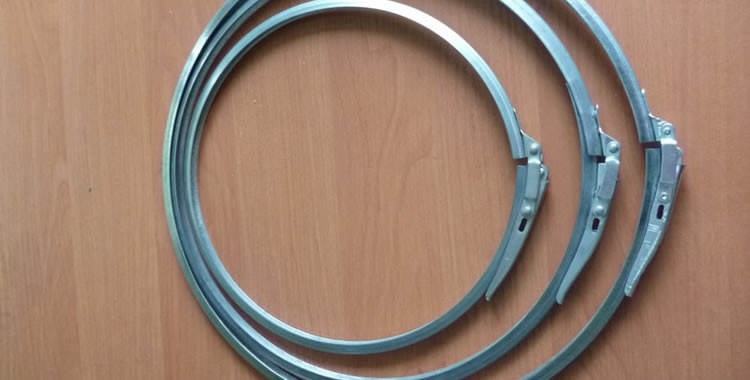
Drum locking rings are essential components in various industrial settings, ensuring the safety and security of drums containing hazardous materials. They come in different sizes and offer several advantages in terms of usability and durability. This article will explore the different types of drum locking ring, their advantages, working mechanisms, applications, maintenance tips, common issues, and future trends.
Definition of Drum Locking Ring
Drum locking rings are mechanical devices used to secure the lids of drums, barrels, or containers. They prevent accidental opening during transportation or storage, especially for drums containing liquids, powders, or other hazardous materials.
Definition of Drum Locking Ring
Importance in Industrial Settings
In industrial environments where hazardous materials are handled, ensuring proper containment and safety measures are crucial. Drum locking rings play a vital role in preventing spills, leaks, and accidents, thereby reducing risks to workers and the environment.
Lever Locking Rings
Lever locking rings are commonly used in industrial applications due to their simplicity and reliability. They consist of a lever mechanism that locks the ring in place securely.
Nut and Bolt Locking Rings
Screw locking rings offer a more customizable and adjustable locking mechanism. They use threaded screws to tighten the ring securely around the drum, providing a tight seal.
Safety and Security
Drum locking rings provide a secure closure, preventing unauthorized access to the contents of the drum. This is particularly important when handling hazardous materials or sensitive products.
Ease of Use
With simple and intuitive locking mechanisms, drum locking rings are easy to operate, reducing the risk of human error during handling and transportation.
Durability
Constructed from sturdy steel materials such as steel or aluminum, drum locking rings are designed to withstand harsh industrial environments, ensuring long-term reliability and performance.
Mechanism of Lever Locking Rings
Lever locking rings operate by engaging a lever mechanism, which tightens the ring securely around the drum's opening. This creates a tight seal, preventing any leakage or spillage.
Functionality of Nut and Bolt Locking Rings
Nut and Bolt locking rings utilize threaded screws to tighten the ring around the drum's opening. By turning the screws, users can adjust the tightness of the seal according to their specific requirements.
Industrial Drum Handling
Drum locking rings are widely used in industries such as chemical manufacturing, pharmaceuticals, and food processing, where drums containing hazardous or sensitive materials need to be securely sealed.
Transportation of Hazardous Materials
During transportation, drums are subjected to various stresses and vibrations. Drum locking rings ensure that the contents remain safely contained, reducing the risk of spills or leaks during transit.
Compatibility with Drum Size
When selecting drum locking rings, it's essential to ensure compatibility with the size and dimensions of the drum or container to achieve a proper seal.
Material and Construction
Consider the material and construction of the drum locking rings, opting for high-quality materials that can withstand the rigors of industrial use and exposure to corrosive substances.
Locking Mechanism
Choose a locking mechanism that suits your specific requirements and preferences, whether it's the simplicity of lever locking rings or the adjustability of Nut and Bolt locking rings.
Jammed Locking Mechanism
If the locking mechanism becomes jammed or difficult to operate, check for any obstructions or debris that may be preventing proper engagement. Clean and lubricate the mechanism as needed.
Corrosion
Corrosion can compromise the effectiveness of drum locking rings over time. Regularly inspect for signs of corrosion and apply protective coatings or treatments to prevent further deterioration.
Loose Fitting
If the drum locking rings fails to provide a tight seal, check for any loose or damaged components. Tighten nut and bolt or replace worn parts to ensure a secure closure.
Innovations in Locking Mechanisms
Manufacturers are continually exploring new locking mechanisms and technologies to improve the efficiency and reliability of drum locking rings, including electronic locking systems and RFID tracking.
Integration with IoT and Automation
The integration of drum locking rings with IoT (Internet of Things) and automation technologies enables real-time monitoring of drum status, remote locking and unlocking, and predictive maintenance, enhancing overall safety and efficiency.
Drum locking rings are indispensable tools in industrial settings, providing a secure and reliable method for sealing drums containing hazardous materials. By understanding the different types, advantages, working mechanisms, applications, and maintenance tips, businesses can ensure safe and efficient handling and transportation of drummed goods.
